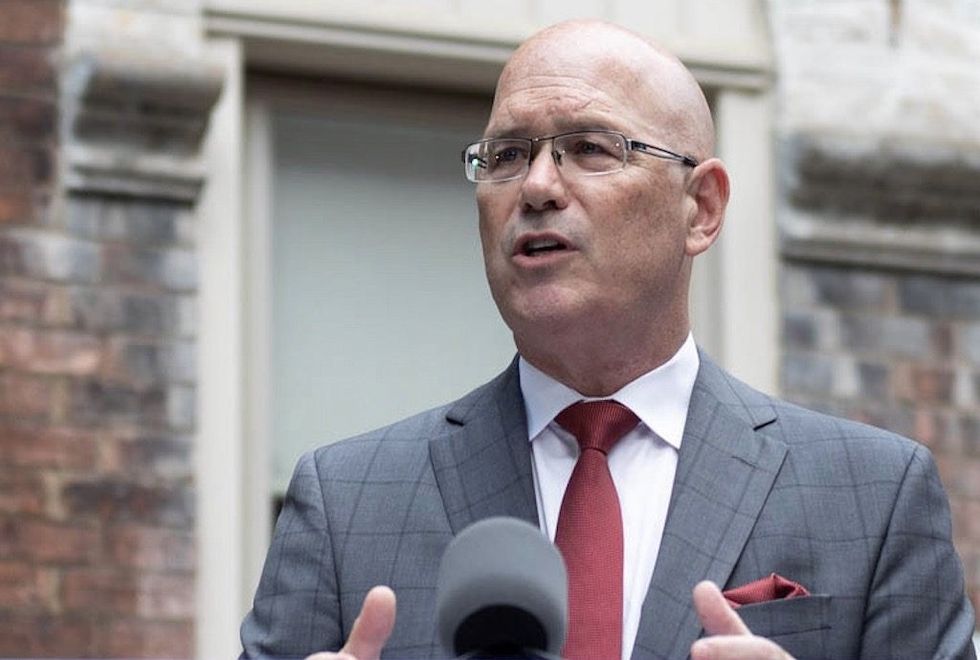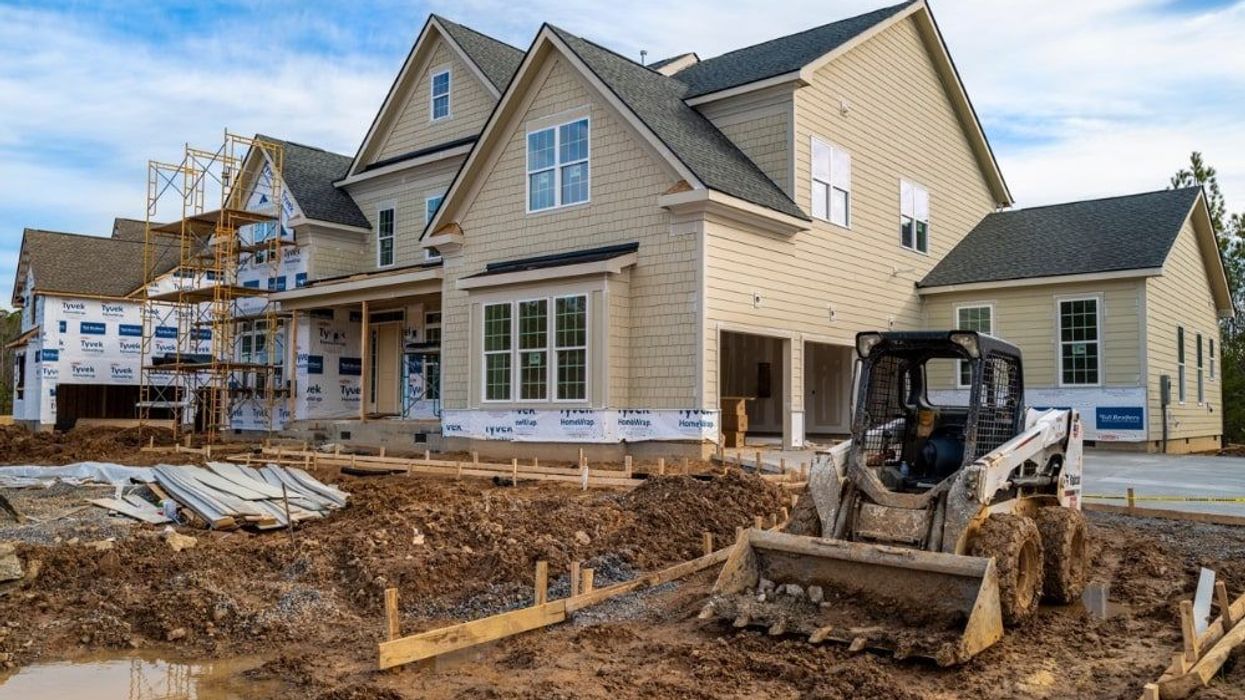Ontario’s housing shortage has been decades in the making. As sales stall and prices rise, the lack of supply is at the forefront of everyone’s mind.
To remedy the growing problem, the provincial government vowed to build 1.5M homes by 2031. The lofty goal was presented in the pages of Bill 23, the aptly-named More Homes Built Faster Act.
These much-needed homes will be constructed by reducing bureaucratic costs and red tape, reforming zoning laws to create more gentle density, and utilizing provincial lands to build housing. They’ll be built in partnership with municipalities, the federal government, and the private sector.
But, while Bill 23 does a fine job of laying out the goal, the specifics of how (and when and where) these 1.5M homes will be built is absent from its pages.
Aled ab Iorwerth, Deputy Chief Economist at the Canada Mortgage and Housing Corporation (CMHC) calls Bill 23 a "good start," particularly when it comes to proposing regulatory changes, but noted that it has "a lot of moving parts," some of which, like those regarding innovation, are "a bit less clear."

"The goal is important in terms of setting the overall direction… but obviously there are a lot of challenges with implementation and changing facts on the ground," ab Iorwerth tells STOREYS.
"There’s a lot of initiative and talk at the moment, but I’m not completely sure that we’re really seeing that change and innovation at the moment."
Will 1.5M Homes Be Enough?
Ontario’s 1.5M figure was born out of a February 2022 report from the Housing Affordability Task Force. To meet the goal within the allotted timeframe, Ontario must aim for approximately 150K housing starts per year.
In 2021, the province mustered 99,566, and saw 96,080 housing starts in 2022. According to recently-released data from the CMHC, if the level of activity seen in January keeps pace throughout the rest of the year, Ontario will have 71,545 housing starts in 2023.
However, a June 2022 report from the CMHC estimates that Ontario will need 1.85M homes by 2030 in order to restore affordability.
ab Iorwerth noted that the CMHC’s projections do not reflect the proposed changes outlined in Bill 23, but once the policies "become clearer" the data will be updated.
Both Ontario’s and the CMHC’s figures predate the federal government’s Immigration Levels Plan, which aims to welcome 465K new immigrants in 2023, 485K in 2024, and 500K in 2025.
Housing Minister Steve Clark tells STOREYS he believes that the majority of these new Canadians will lay roots in Ontario. The impact that will have on the 1.5M target, though, is "unknown."

"I’m hopeful and optimistic that we’re going to hit the target," Clark said. "We were very close in terms of getting to 100K starts last year, and I think that’s very good given the uncertain economic times, the high inflation, and the increase in interest rates. I can control what I can control at the provincial level. That’s why I’m pushing forward with bills like Bill 23 that can get shovels in the ground faster."
When asked what specific regulatory changes Ontario needs to reach the 1.5M goal, and what the status of them was, Clark said, "We’re working on all the implementation around Bill 23. We continue to meet with our municipal partners to get other suggestions on future regulatory changes that get shovels in the ground faster."
Clark said the provincial government has provided "unprecedented support" to municipalities, and that they must have some "skin in the game" too, and should refrain from pointing fingers at their federal and provincial counterparts.
Toronto's Response
In an email to STOREYS, Brad Bradford, Toronto City Councillor and Chair of the Planning and Housing Committee, divulged concerns that Bill 23 may, in fact, have a negative effect on Toronto’s capacity to deliver affordable housing.
According to Bradford, the bill will result in an estimated annual loss in revenue of $320M for the City, $130M of which will directly impact the Housing Secretariat, which funds affordable housing programs.

"Bill 23 undermines our efforts for intensification, and ultimately reduces the City's ability to provide and maintain the critical infrastructure that a growing city needs," Bradford said.
"The City of Toronto is committed to delivering more housing for more people, but this cannot be done absent the ability to secure affordable units or the dollars for the above and below ground infrastructure that's vital to new growth. Alongside housing, we still need the roads, sewers, community centres, and schools that make complete communities."
Toronto’s 2023 budget allocates more than $2B to a variety of housing-related initiatives, including $146M for the Housing Secretariat and $3.5M in new funding for the legalization and implementation of multi-tenant housing.
Innovation in Industry
Echoing ab Iorwerth, Bradford called for a range of innovative solutions to address the housing crisis, as did George Carras, Founder and CEO of R-LABS, 'The Real Estate Industry Venture Builder'. Carras, though, put the onus on the real estate and construction industries, calling the province’s situation a "crisi-tunity."
"Truthfully, no one is in charge. The industry needs to step up here," Carras said. "I don’t think it’s realistic to expect the government to be doing this on their own. They have their limits. And the more we look to them to solve these problems, the more disappointed we’re going to be."
The industries must take the policy framework outlined in Bill 23 and innovate to create new business models and new forms of construction, Carras said, pointing to R-LABS’s R-Hauz as an example. The Toronto-based company capitalizes on Bill 23's gentle density framework and manufactures prefabricated laneway suites and mass timber avenue homes.

Offsite construction is one of the ways Richard Lyall, President of the Residential Construction Council of Ontario (RESCON), believes the province can remedy the "monumental" worker shortage that is plaguing the construction industry.
The "systemic" problem was created by a combination of Baby Boomers retiring en masse, young people straying from skilled trades (high schools funnel students to college or university, not the trades, Lyall said), and not enough immigrants with the necessary skills. There are programs in place to support the latter, such as the Federal Skilled Trades Program and the pilot program for out-of-status construction workers in the GTA, but there is no alignment across different levels of government.

Between the shrinking trades and the growing population, Lyall estimates that Ontario needs 100K additional construction workers in order to build 1.5M homes by 2031. Without them, there's no hope of hitting the target in time.
"We’ve got the targets. We know what our deficiency is. But we need a better defined plan," Lyall said. "We’ve had lots of talk, everyone seems to be saying the right things. But we’ve got to implement this stuff now. We’ve got to have everybody aligned."
"We have a crisis. And yet, that's not apparent in the way certain circles are responding... The people making the decisions don’t feel the pain of not having housing."
Dave Wilkes, President and CEO of the Building Industry and Land Development Association (BILD), similarly called for a "spirit of collaboration" between industry and government.
To create the conditions necessary to build 1.5M homes by 2031, the federal government must support the immigration of skilled labourers and invest in relevant post-secondary education programs. Ontario has to see their proposed policy changes through, and work with municipalities to put in place the infrastructure necessary to support such growth. And industry must strive for productivity and the much-discussed innovation, including through new ways to build, new technologies, and new products.
"People, productivity, policies, and pipes. It’s a puzzle that if you remove any one piece of, we won’t achieve the goal," Wilkes said.
"I believe that to ignore it or deny the goal of building 1.5M homes will only result in the continuation of the status quo, which we know is not sustainable. It is going to take a concentrated effort. But Ontario must do this."





















